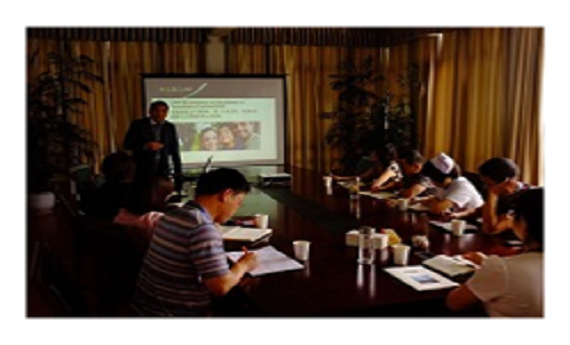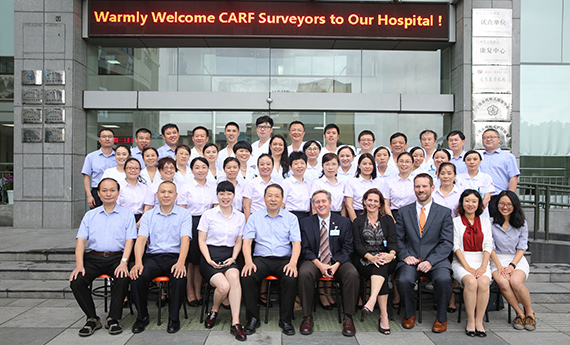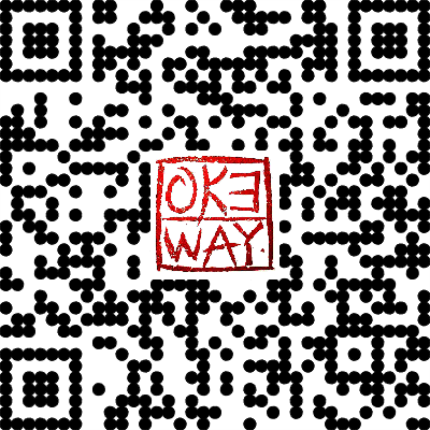This is a report from CARF website. The author makes a narrative description on uSPEQ®, the outstanding outcome management tool, to bring us a brand-new recognition of this tool.
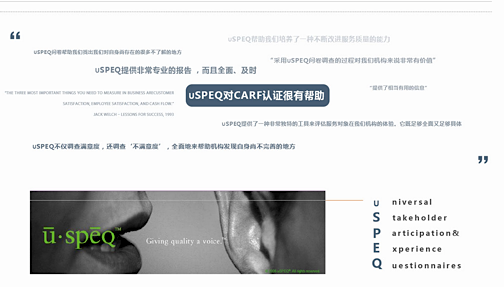
At a hospital in
the city of Guangzhou in southern China, a 70-year-old woman is an hour from
being discharged following a 5-day inpatient stay due to a stroke. Her
experience has gone smoothly and she is in high spirits. Her husband is helping
gather her things, complete the final paperwork, and call their daughter with
the good news that they will be coming home.
As her husband
and doctors zip in and out of the room, the woman sits in her bed and reviews a
packet given to her by a hospital representative the previous day. The packet
includes a questionnaire asking her to rate on a 4-point scale various aspects
of care she received. With pen in hand, and thinking of the supportive
therapists and doctors she’s encountered over the past week, she has so far
given high marks on each question.
But when she
gets to a section asking her to rate the statement “staff respected my
privacy,” she pauses. She remembers an incident that happened during her first
day in the hospital, when a nurse entered the room unannounced while she and
her husband were having a personal conversation.

What the woman
has just provided to the hospital is invaluable feedback. What she doesn’t know
is that several other patients have also given a low response to the “staff
respected my privacy” statement. Their responses will soon be aggregated,
analyzed against industry benchmarks, and presented to hospital administration
to be used in data-driven quality improvement efforts.

![]()
Across the world in pursuit of feedback
The questionnaire that the woman filled
out was created by a growing branch of CARF called uSPEQ®. Within the hour, the woman will be at home with her
family, but the data she provided has just begun its global journey.
After being
handed to the representative, the envelope is first mailed more than 600 miles
to Hangzhou on China’s easternmost coast. There, the consulting firm Okeway
will scan the survey answers and comments into an electronic form. Okeway is CARF’s
key consulting partner in Asia and Europe, and specializes in rehabilitation
management.
After converting
the feedback, Okeway sends the survey data digitally across the Pacific Ocean
to the uSPEQ analysts at CARF’s headquarters in Tucson, Arizona; 7,600 miles
and 15 time zones away from Guangzhou where the feedback was first collected.
The reasons why
a growing number of hospitals in China are sending their data halfway around
the world become clear when the uSPEQ analysts begin their work.
In Tucson, the
feedback from the woman and the hospital’s other patients collected over a
period of time is combined and converted into statistical and graphical
reports. This is a process that has been honed over more than a decade of field
testing in North America. The data is compared against historical data from the
same hospital as well as benchmark information collected from similar programs
around the world.
The resulting
report (delivered quarterly) and supportive consultation from uSPEQ analysts
will become integral sources of data for the hospital. The longer a program
uses the uSPEQ tools—and the more facilities that participate—the stronger the
data become.
Quality improvement in China
The boom in the
use of uSPEQ survey tools is part of a larger quality improvement groundswell
in China. In just two years, 12 hospitals have implemented uSPEQ surveys to
collect feedback from more than 4,000 patients in medical rehab settings. As
many as 100 more hospitals in China may adopt these tools over the next 12
months. Even more are looking to implement CARF’s quality standards.
This is good
news for persons served in China. Traditionally, patients in the Chinese
healthcare system have had a relatively passive role in their treatment. Until
very recently, it would have been rare for a doctor or therapist to inquire
about a patient’s preferences or future plans. This was due in part to the high
ratio of patients compared with the number of service personnel in the Chinese
medical rehabilitation system. It was also due to simply not yet having applied
international quality guidelines.
The region was
primed for third-party tools to be introduced to help bridge the gap.
According to
Zhang Wen, a CARF surveyor and service provider at a CARF-accredited hospital
in Shanghai, the implementation of quality improvement efforts has quickly had
a positive effect in China and on her own organization.
“It is obvious that patients are now
achieving better experiences from our hospital. Many would refer their friends
or family members to our hospital. They would tell others they received
excellent care and services at the hospital. They were able to meet their
expectations. These serve as excellent testimonials for our facility. From the
patient’s satisfaction and the analysis of their outcomes, we can more
effectively and quickly improve our services.” (Translated from this video)
Collecting
feedback from persons served is an important step in the process that Wen
describes. Feedback helps guide practices so that patients are at the center of
services. Asking for and acting on their input is a direct signal that they are
part of the team, they are valued, and their preferences are taken into account.
In short, it is
a keystone practice.
Within a year of
being discharged from the hospital in Guangzhou, the woman will be back to
living her life, having likely forgotten the little mark she made on a piece of
paper. But that mark meant a lot to the hospital, which will be deep into the
process of implementing an action plan for improvement. Patient feedback will
have prompted a series of meetings, customizations, and updates to how services
are delivered. Future patients will receive better care.
source:http://www.carf.org/spotlight-on-china-uspeq/
![]()
Conclusion
OKEWAY aims at helping Chinese rehabilitation organizations integrate CARF standards to comprehensively improve their strength and realize leapfrog development.
Rehabilitation in China has advanced greatly, while rehabilitation outcome management is a brand-new challenge. Without rehabilitation outcome management, rehabilitation quality can hardly be improved. As the only consulting service provider for CARF accreditation in China, OKEWAY has, with superior structure and excellent practice, gained high recognition in the industry and appreciation from CARF HQ. On the road of introducing world—class outcome management tool, uSPEQ®, OKEWAY will adhere to the mission of “applying CARF standards to boost Chinese rehabilitation”, and further cooperate with CARF to contribute to the outcome management system of Chinese rehab facilities.
We believe that in the near future, more organizations will join the family of uSPEQ® to make full use of this extraordinary outcome management tool!
-
CARF Progress in China
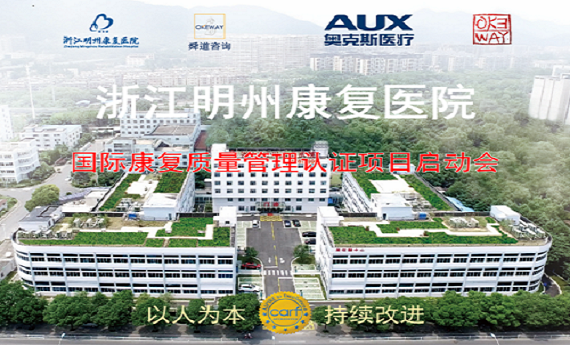 Amid the Fanfare, the International Rehabilitation Quality Accreditation Project Launched in Zhejiang Mingzhou Rehabilitation Hospital Today!
In the post-epidemic era, CARF accreditation was launched in Zhejiang Mingzhou Rehabilitation Hospital today.CARF Progress in China
Amid the Fanfare, the International Rehabilitation Quality Accreditation Project Launched in Zhejiang Mingzhou Rehabilitation Hospital Today!
In the post-epidemic era, CARF accreditation was launched in Zhejiang Mingzhou Rehabilitation Hospital today.CARF Progress in China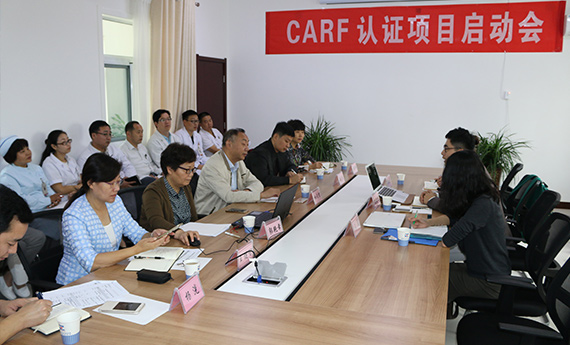 河南省洛阳正骨医院启动CARF认证准备工作
2016年10月9日,舜道OKEWAY咨询团队进行为期6天的期初评估和培训工作,这标志着河南省洛阳正骨医院康复院区(河南省康复医院)正式启动CARF认证准备工作。
河南省洛阳正骨医院启动CARF认证准备工作
2016年10月9日,舜道OKEWAY咨询团队进行为期6天的期初评估和培训工作,这标志着河南省洛阳正骨医院康复院区(河南省康复医院)正式启动CARF认证准备工作。 -
Shundao News
 西安非公大会舜道论坛最后一次通知-见证舜道七年康复质控深耕!
舜道质量论坛组委会的筹备工作一刻也没有停歇过,作为持续运营的中国康复质量第一品牌会议,西安非公大会上的舜道质量论坛的神秘面纱正一步步被揭开。每一次质量论坛的筹办,都凝聚了我们对康复行业质量的深度探究。
西安非公大会舜道论坛最后一次通知-见证舜道七年康复质控深耕!
舜道质量论坛组委会的筹备工作一刻也没有停歇过,作为持续运营的中国康复质量第一品牌会议,西安非公大会上的舜道质量论坛的神秘面纱正一步步被揭开。每一次质量论坛的筹办,都凝聚了我们对康复行业质量的深度探究。 -
Shundao News
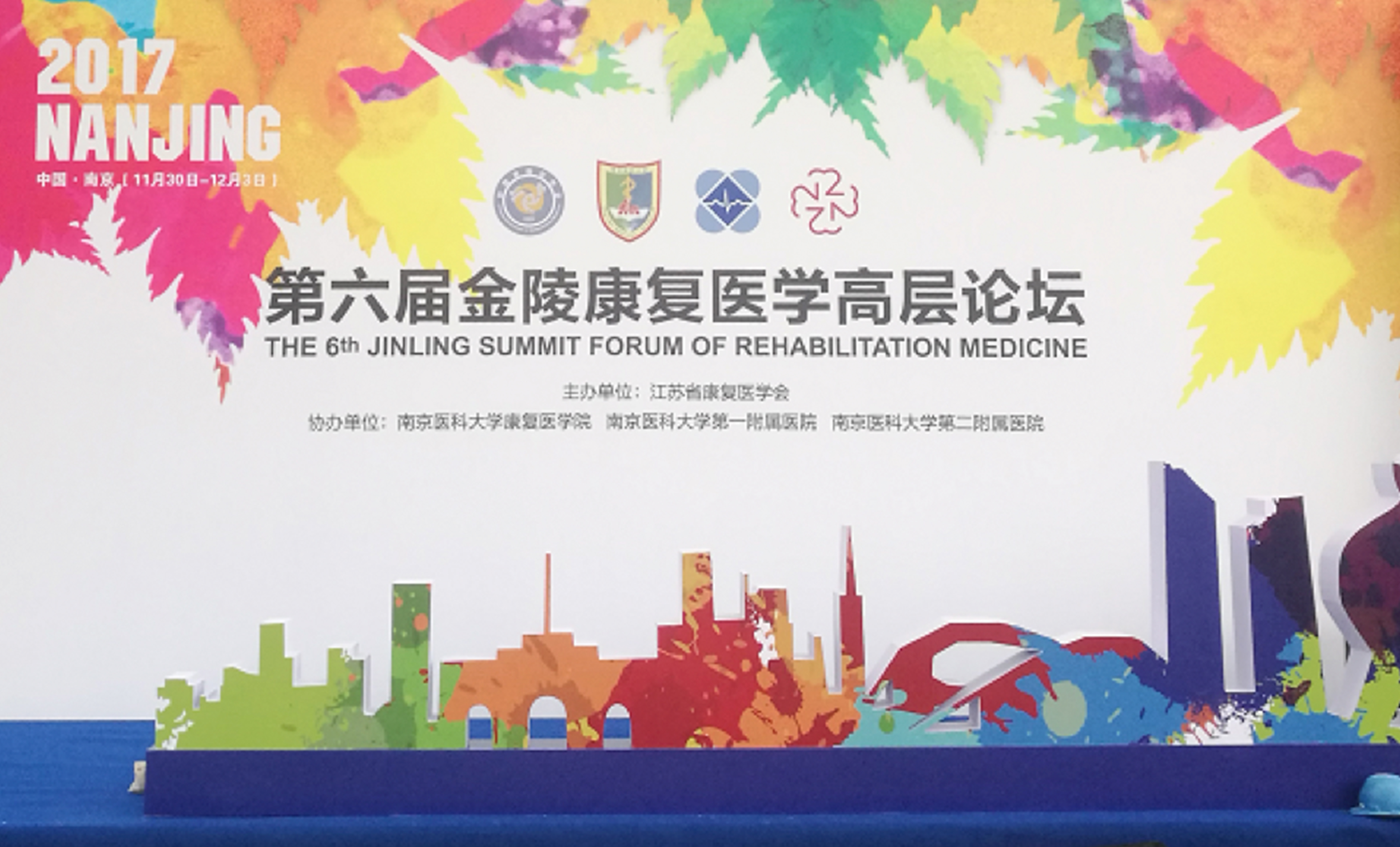 A Special Report to Uncover Highlights of National Quality Control Forum, Part of The 6th Jinling Conference
In the Jinling Rehab Conference, the long-awaited national quality forum was held as scheduled.
A Special Report to Uncover Highlights of National Quality Control Forum, Part of The 6th Jinling Conference
In the Jinling Rehab Conference, the long-awaited national quality forum was held as scheduled.



